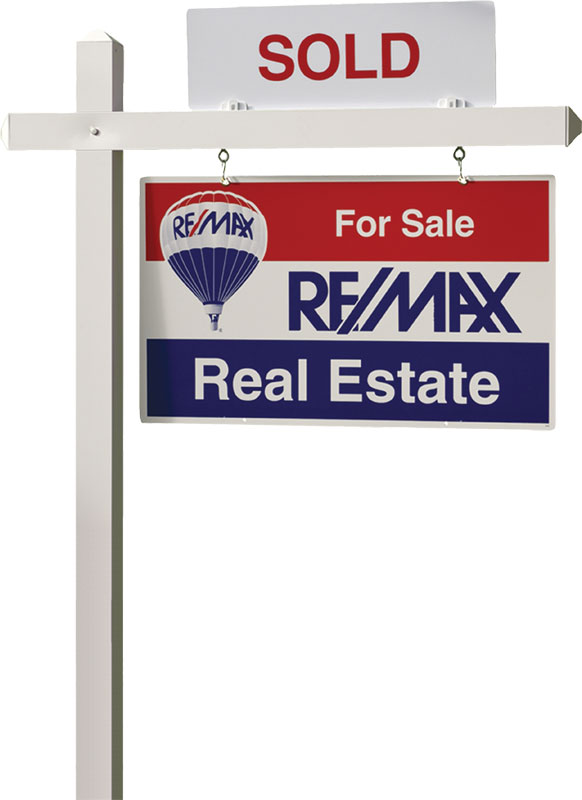Geographic Segmentation
Geographic Segmentation is a major sub-category of Demographic Segmentation. It helps you locate your best customers by identifying the physical location of your Target Market. Whether they come to you or you go to them, geographic segments will not only show you where your customers are, they’ll show you where you can go to find more of them. Typical geographic segments include neighbourhoods, provinces or states, countries, or even entire continents; but you’ll likely want to get more specific than that. For example, are your best customers in urban or rural areas? Do they live in mountainous regions, or by the water? The more specific you get, the more targeted you can be with your marketing.
The advancement of technology, the commercialization of the Internet, and the ability to economically and efficiently transport goods has had a profound impact on the traditional concept of the trading area. A customer's physical location is still important but, in many cases, it has become both cost effective and practical for smaller companies to conduct business around the world.
A 19-year-old had visions of a great future. He joined a small real estate office in Scarborough, and began his career like no one before him. He made a map of all the houses in the city, attaching a price and recent sales history to each one. This gave him the information he needed on the least and most expensive sections, as well as the people who were constantly trading up from $350,000 to more expensive homes. He decided to go after the market share that was trading up, and three years later, he owned the agency.

Go through the following list and pick out the geographic market segments that might help to identify your Target Market(s). Consider not only where your prospects live, but also where they work, play and shop. Note any thoughts or particulars that relate to your situation.
Region — People who live in the same region tend to have similar patterns of consumption. This is true of larger regions such as provinces and states, as well as smaller regions such as specific neighbourhoods. For example, higher concentrations of young families in need of children’s clothing and toys can often be found in certain neighbourhoods.
Urban/Suburban/Rural — The nature of an area can affect consumption patterns. For instance, rural residents may be more likely to purchase pickup trucks than urban residents.
Population Density — Consumption patterns sometimes vary with population density. Also, population density lets you know how many prospects are within your “trading area.” For example, people in more densely populated areas may prefer to shop in stores easily accessible by walking due to the high volume of traffic and lack of available parking in their neighbourhoods.
City Size — Larger populations can support a greater degree of specialization. For example, a specialty music store devoted to the sale of drums may not be cost-effective in a smaller town, although it may thrive in a larger city.
Climate and Topography — Variations in climate and topography can strongly affect the consumption patterns of products. For example, sales of umbrellas, snowboards, insulation materials and winter boots will all be affected by climate or topography.
Other
Business to Business Segmentation
Following are some additional considerations when your client is another business.
Regional Concentration — Certain industries tend to be concentrated in particular regions. For example, in the United States, the information technology industry is concentrated in California, and in Canada the garment manufacturing industry is concentrated in Ontario and Quebec.
Proximity to Competitors — Certain types of businesses tend to locate themselves in close proximity to each other. It makes an attractive environment for customers that like to browse before they buy. For example, furniture suppliers, art galleries, and automobile dealers often use this strategy. Of course, this can also encourage competitiveness between businesses.
Proximity to Transportation — Some businesses tend to locate themselves based on their transportation needs. Do your customers tend to be near or on major highways, airports, train stations, or waterways? A courier company, for example, may be located near the airport.
Proximity to Customers — In some cases, knowing who your customers' customers are can help you to locate them better. Corporate lawyers, for example, are typically located downtown, close to their clientele.
Proximity to raw materials — i.e. oil and gas/timber/fishing or mining.
Other